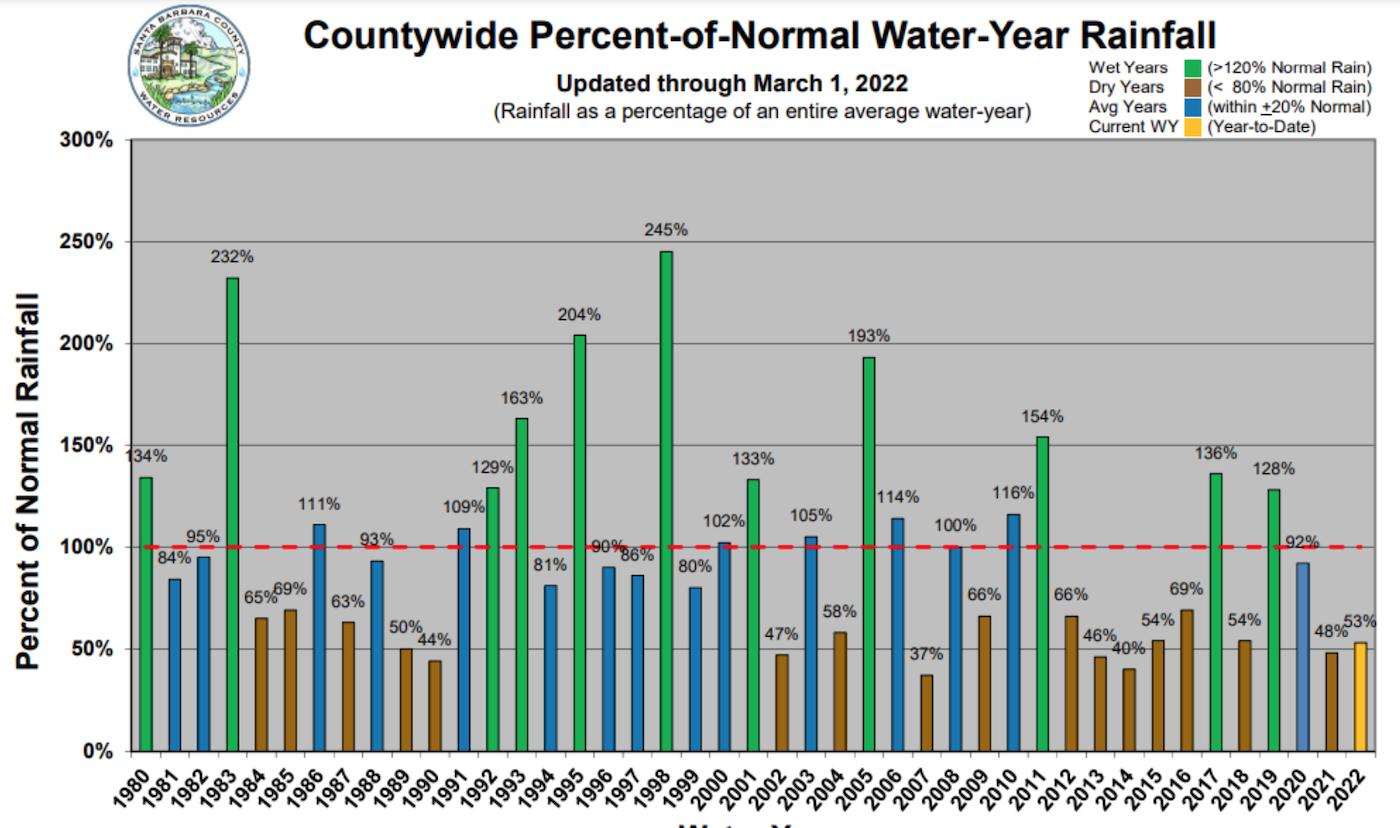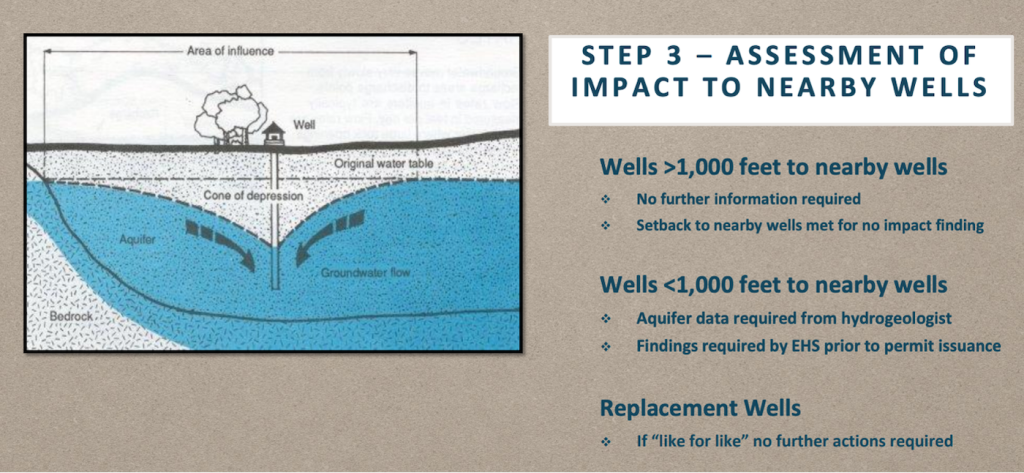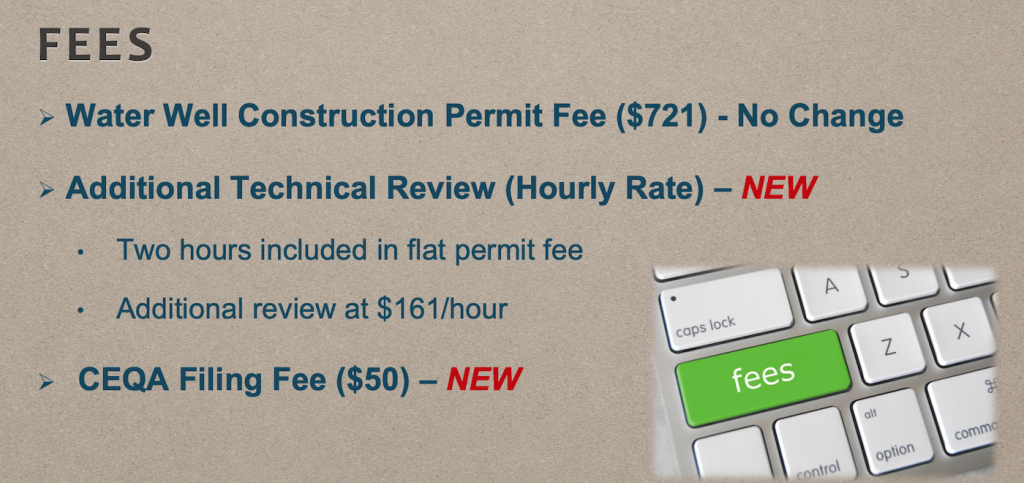Drought Compels Changes for Well Permits

Things are heating up on the drought front in California. In July 2021, Governor Newsom issued a drought emergency and asked for voluntary water use reductions of 15%. It didn’t happen. At the end of March 2022, Newsom issued an executive order calling on local water agencies to escalate their response to the ongoing drought.
Currently, local water agencies have implemented restrictions on about half of California’s population. By this Thursday, the State Water Resources Board could vote on regulations to require every urban area of California be covered by a local plan to reduce water use.
In the Governor’s executive order, it states that groundwater use accounts for 41% of the state’s total water supply on an average annual basis but as much as 58% percent in a critically dry year, and as much as 85% of public water systems rely on groundwater as their primary supply. Those basins take a long time to recharge using only rainfall. Here are the precipitation levels in our county:
May 25 is also the date the agency is set to issue a statewide ban on watering of “non-functional turf,” meaning decorative lawns and grass that is not otherwise used for human recreational purposes. The Governor’s order states the Water Board “should ban irrigation of non-functional turf in the commercial, industrial, and institutional sectors except as required to preserve the health of trees and other perennial non-turf plantings.”
Save the trees, forget the grass. Office-park lawns, road medians, and residential lawns are nonfunctional turf. We could see a watering ban on these statewide. Nevada made a similar move last year, requiring removal of all nonfunctional turf from the Las Vegas Valley by 2027. Lake Mead has shrunk to 30% of its normal capacity. Dramatic moves are now required.


The Governor’s order triggered a big change in the way counties handle new well permitting. The County issues the well permits, but the Groundwater Sustainability Agencies (GSA) manage the groundwater basins. The Governor vaulted the GSAs’ role with his order, now requiring their signoff that the proposed well is consistent with their Groundwater Services Plan for any new wells in their basin. The county cannot overrule the GSA’s findings if they’re consistent with the GSA’s sustainability plan.
The county also can’t issue permits for new wells or alterations of existing wells without first determining that extraction of groundwater from the well site would not interfere with existing wells and won’t cause subsidence that would damage nearby infrastructure. Subsidence from groundwater extraction, where the land sinks, has been a major problem in the San Joaquin Valley.
Domestic wells that extract less than two acre-feet per year are exempt from this process.
Montecito Water’s Groundwater Services Agency (GSA) will be the authority determining groundwater impact for our community. They sent in a public comment letter, submitted by Montecito GSA President Brian Goebel, to request the county ordinance “require well applicants to provide data and calculations to support the anticipated yield and production capacity of a well prior to issuance of a well permit… This will assist the GSA in correctly classifying and regulating groundwater extractors in the Basin, consistent with the intent of the urgency ordinance.” The ordinance will come back to the county Board of Supervisors in June for adoption.
Sharon Byrne is the Executive Director of the Montecito Association







You must be logged in to post a comment.